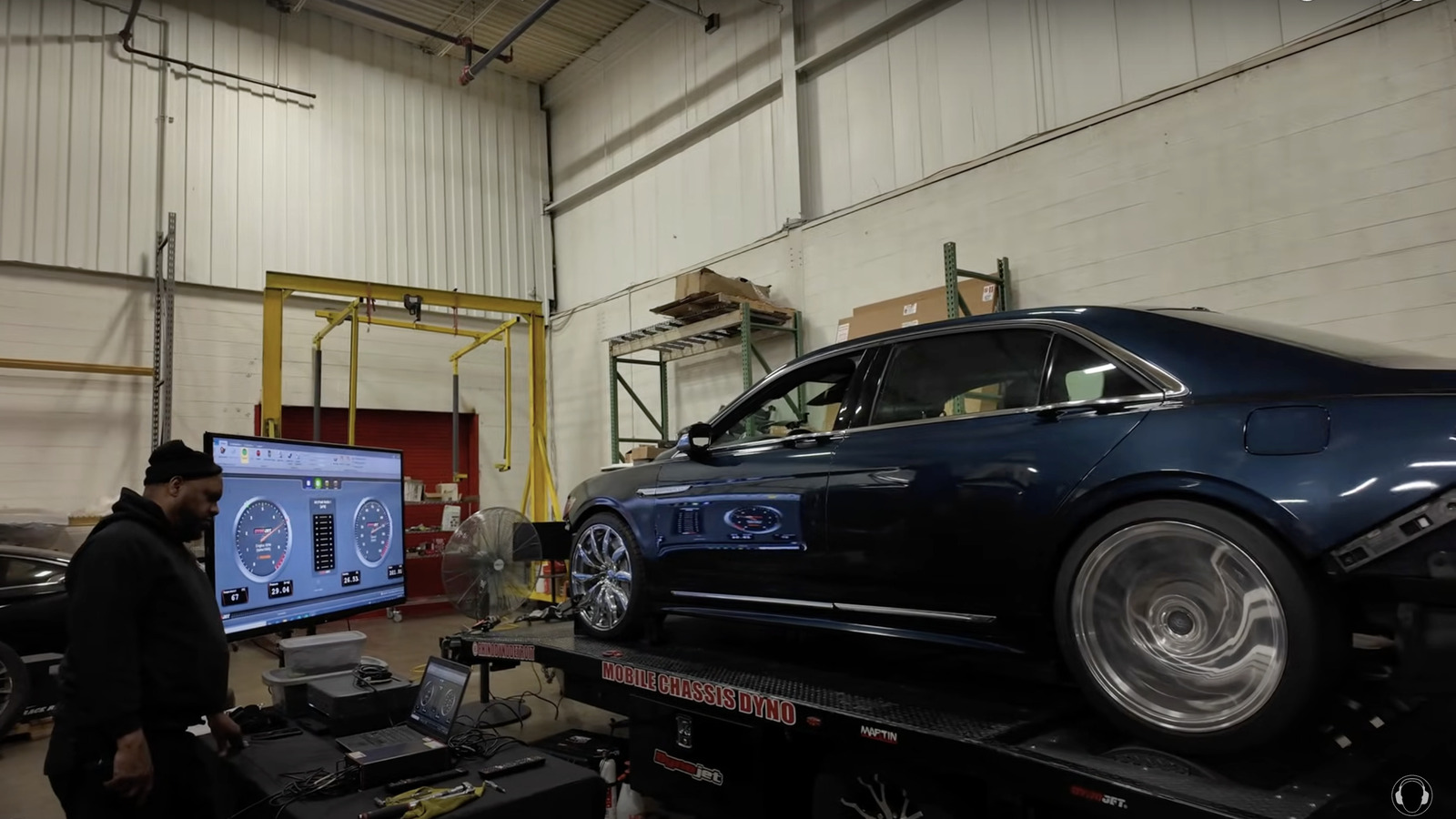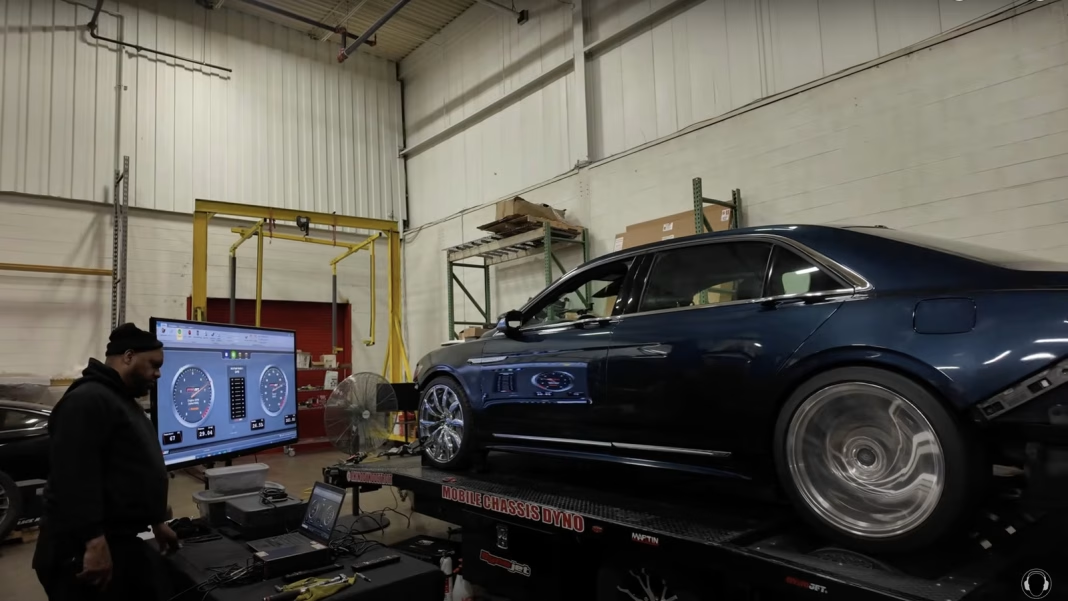When you finally roll your custom build onto the dyno for the first time, it’s a mix of excitement and anxiety. You’ve poured countless hours, sweat, and maybe a few tears into this project, and now it’s time to see if all that hard work pays off. Especially with a complex setup, like a V10 engine swap in a Lincoln Continental, the stakes feel higher than ever.
What’s the Dyno Experience Like?
Picture this: the engine roars to life, and you can feel the anticipation in the air. The dyno is a powerful tool that measures the horsepower and torque your engine produces. It’s not just about numbers; it’s about validation. Did your design choices work? Is the engine running smoothly? The first run can feel like a rollercoaster ride—thrilling, nerve-wracking, and full of surprises.
For many builders, the first dyno run is a rite of passage. You’re not just testing the engine; you’re testing your skills, your knowledge, and your vision. And let’s be honest, it’s a win if everything goes right. No explosions, no catastrophic failures—just a smooth run that gives you the data you need to move forward.
What Can Go Wrong?
But let’s not sugarcoat it. Dyno sessions can be unpredictable. You might encounter issues like overheating, misfiring, or even worse, a complete engine failure. Each of these problems can stem from various sources—poor tuning, incompatible parts, or even something as simple as a loose bolt. That’s why preparation is key. Before you hit the dyno, double-check everything. Make sure your fuel system is primed, the cooling system is functioning, and all electrical connections are secure.
Real-world example? A builder once shared how his first dyno run ended in disaster when a faulty sensor caused the engine to lean out, leading to a blown head gasket. It was a tough lesson, but it underscored the importance of thorough pre-dyno checks.
How to Prepare for Your First Dyno Session
So, how do you set yourself up for success? Here are a few tips to keep in mind:
1. **Tuning**: Ensure your engine is properly tuned before the dyno session. A good tuner can make all the difference in how your engine performs.
2. **Fluid Levels**: Check all fluid levels—oil, coolant, and fuel. Low levels can lead to overheating or engine damage.
3. **Safety First**: Make sure you have all necessary safety equipment on hand. This includes fire extinguishers and proper protective gear.
4. **Data Logging**: If possible, use data logging equipment to capture real-time information during the run. This can help you diagnose issues on the fly.
5. **Stay Calm**: It’s easy to get overwhelmed, but try to stay calm. Focus on the task at hand and be ready to make adjustments as needed.
What Happens After the Dyno?
Once you’ve completed your runs, it’s time to analyze the data. Look at the power curves, torque figures, and any anomalies that may have popped up during the session. This information is crucial for fine-tuning your build. You might find that you need to adjust your air-fuel mixture, tweak your ignition timing, or even rethink some of your component choices.
The big takeaway? Hitting the dyno isn’t just about chasing numbers—it’s about understanding your build and making smarter adjustments. Start with one change this week, and you’ll likely spot the difference by month’s end. Embrace the journey, learn from each run, and remember: every great build starts with a single dyno session.


